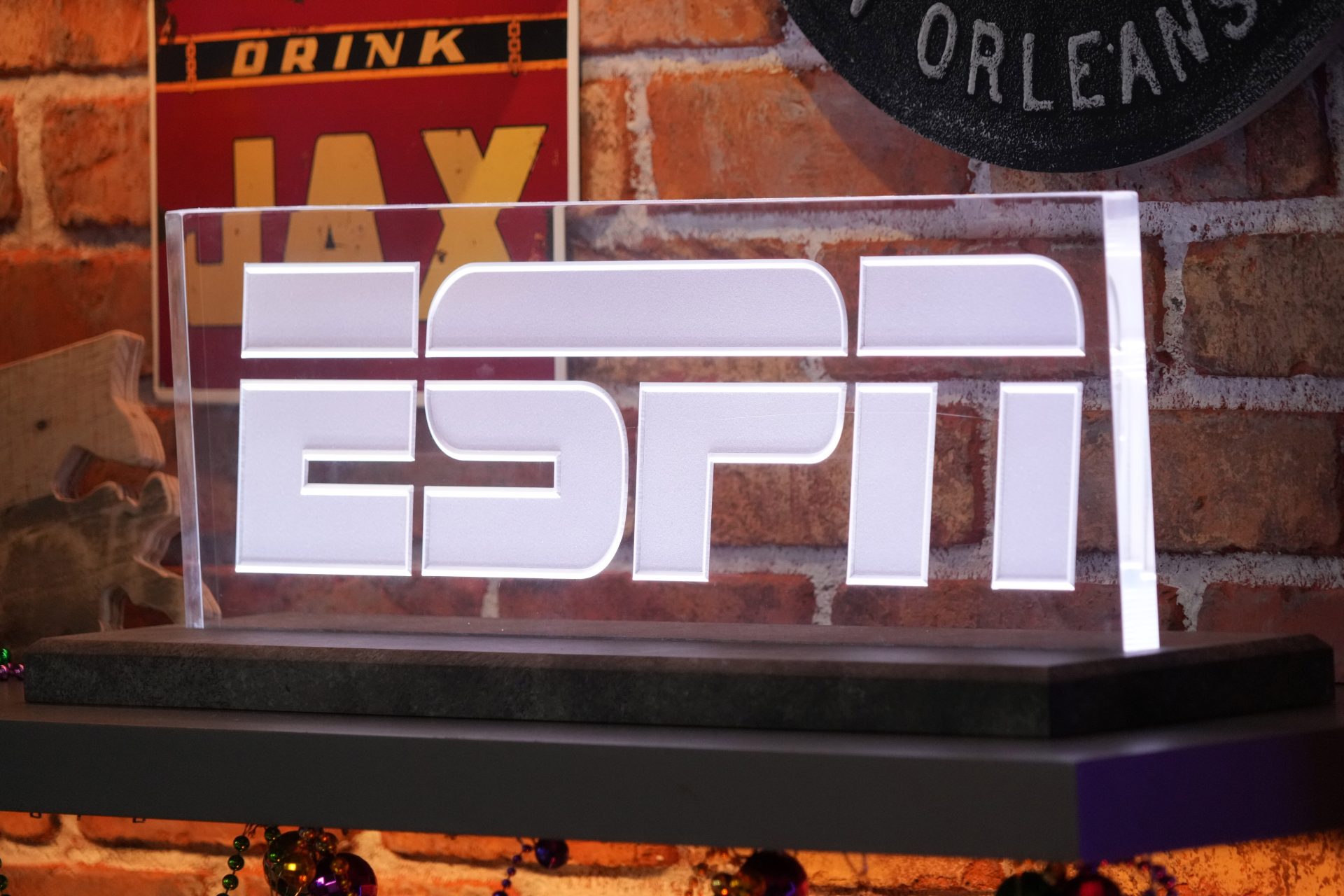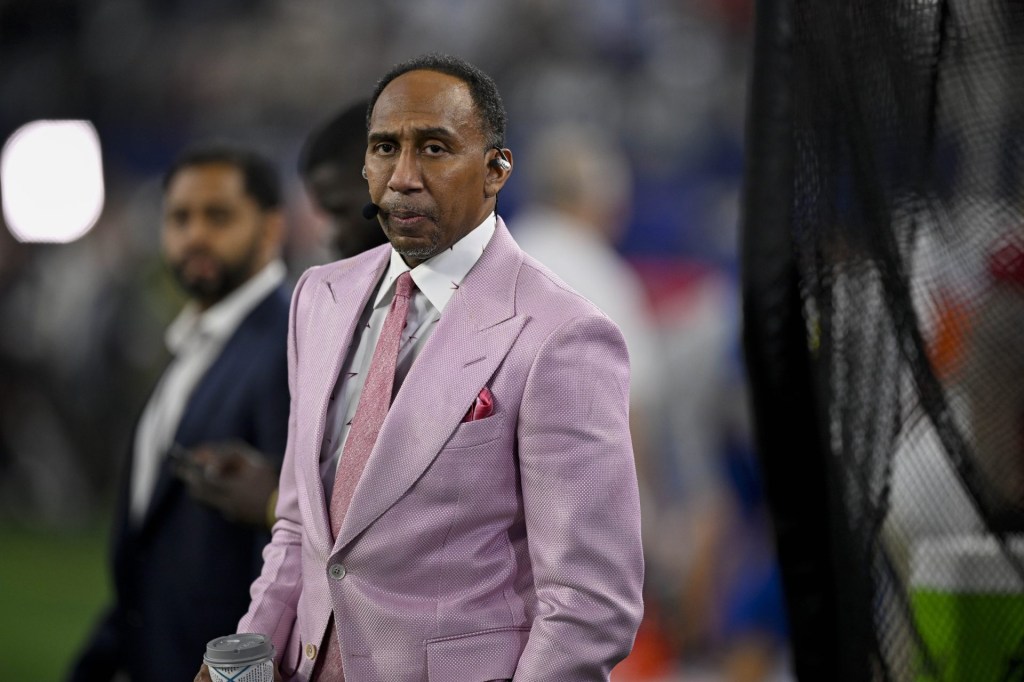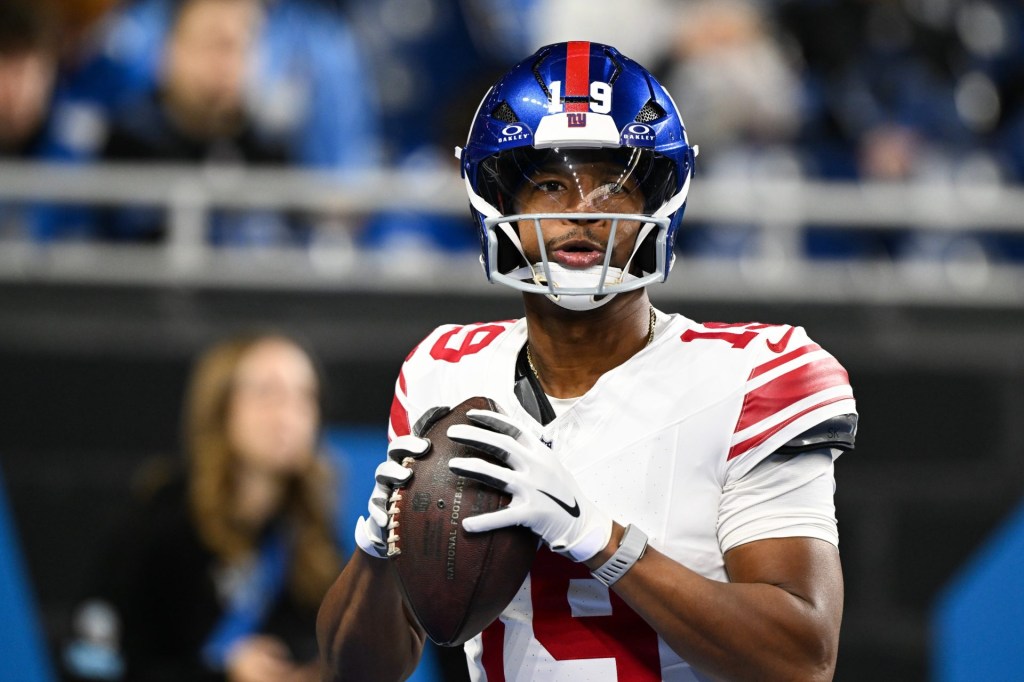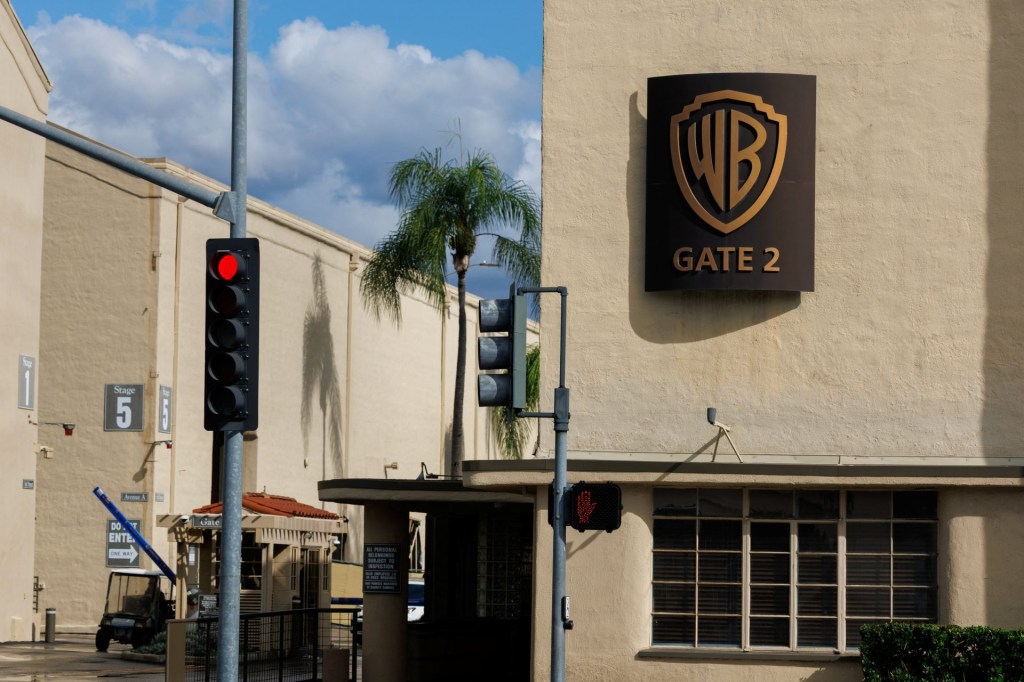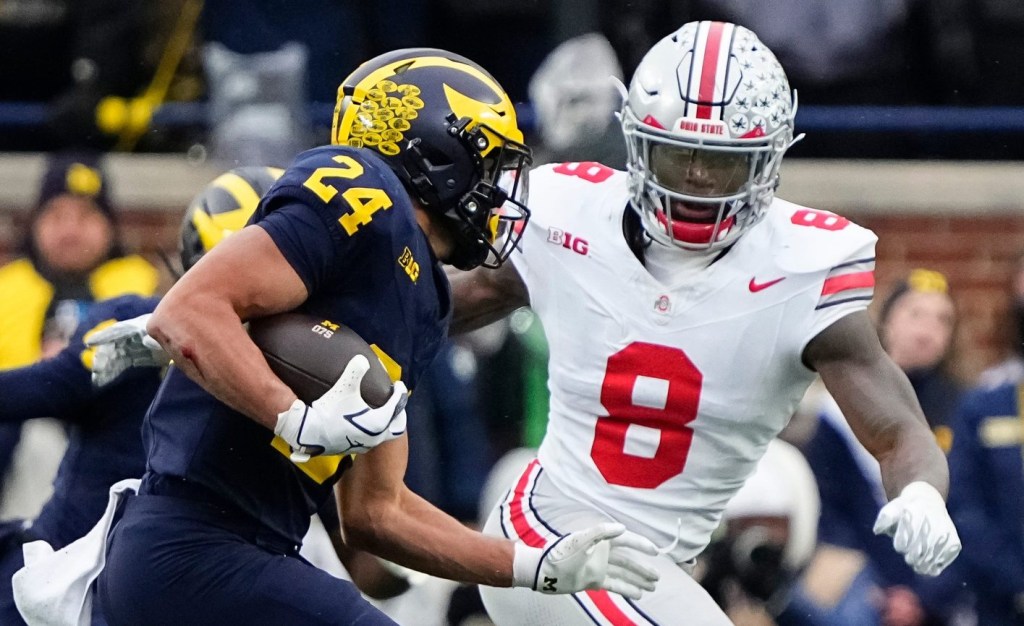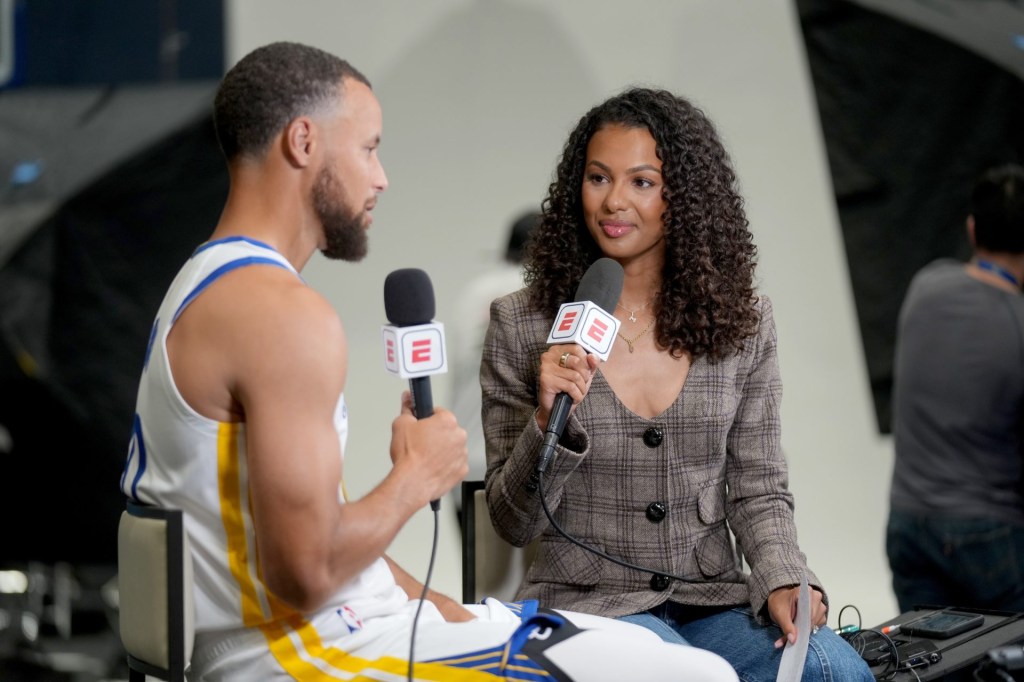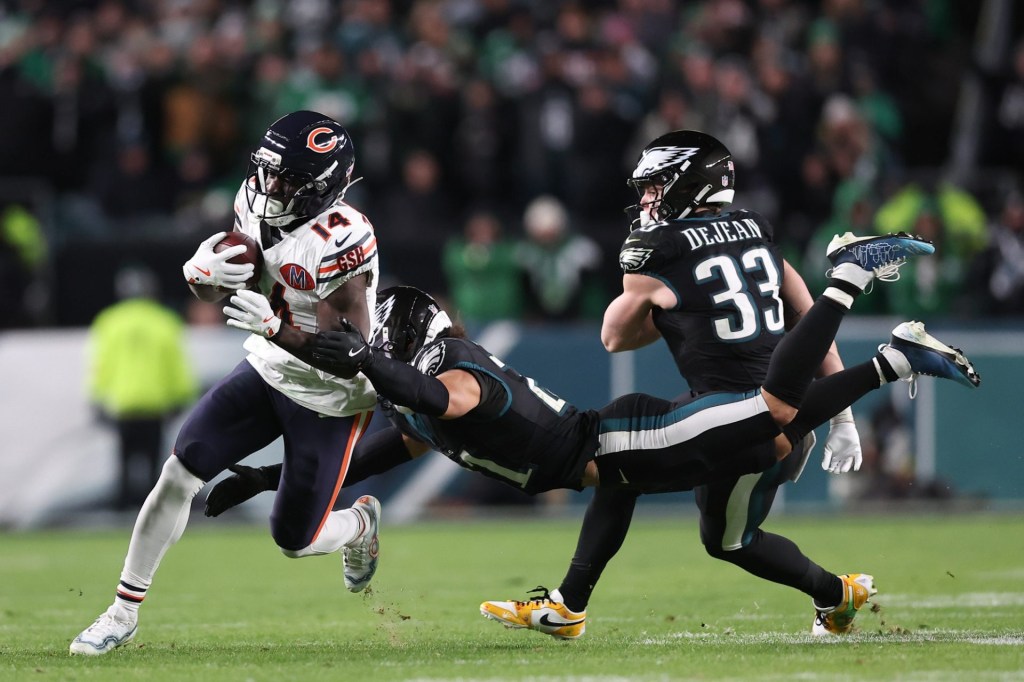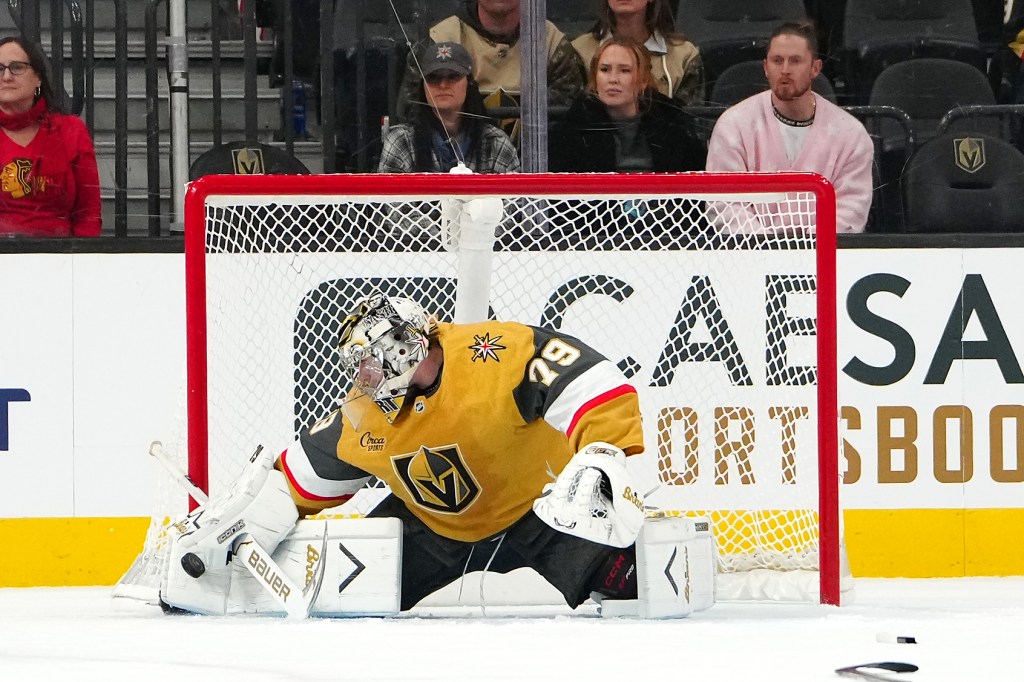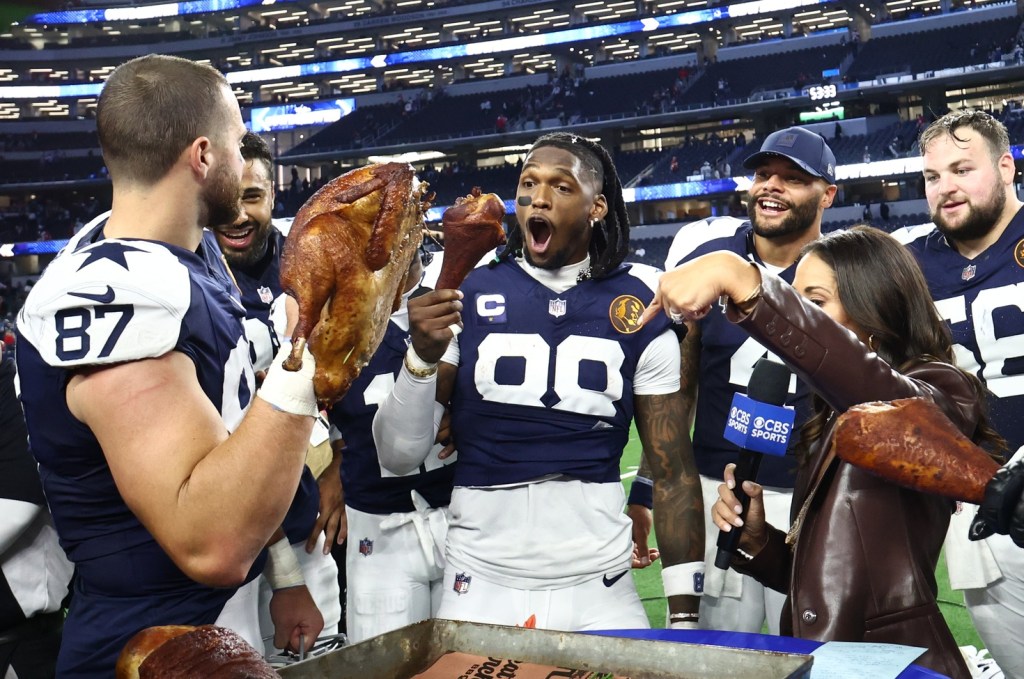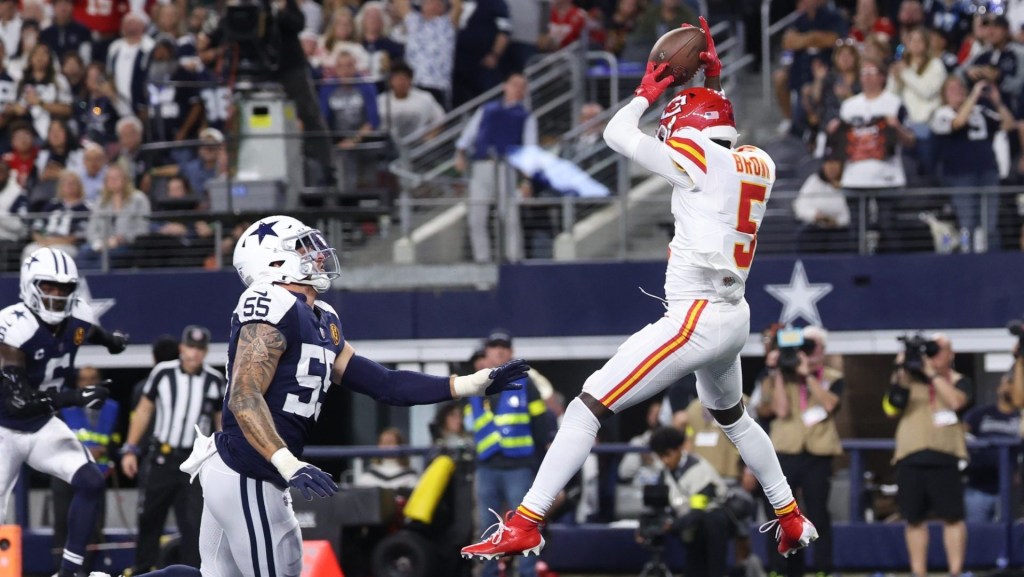YouTube TV’s multiyear carriage agreement with ESPN parent company Disney, reached after 15 difficult days of a channel blackout, is aimed in part at pushing boundaries in traditional television distribution.
The pact marked a significant reversal after Disney had appeared dug in for a potentially protracted outage on the No. 4 U.S. pay-TV distributor. As the dust settles, though, the parties have a goal of helping forge a new model for how TV distribution works.
“Over the past few years, we’ve led the way in creating innovative deals with key partners—each one unique, and each designed to recognize the full value of our programming,” ESPN chairman Jimmy Pitaro and Disney Entertainment co-chairs Dana Walden and Alan Bergman wrote in a joint company memo. “This new agreement reflects the same creativity and commitment to doing what’s best for both our audiences and our business.”
While specific contract details were not disclosed, the deal contains one particularly notable component: the full features of ESPN Unlimited, the highest level of ESPN’s new direct-to-consumer offering, will be integrated into YouTube TV.
That element—known within the television business as ingestion—bears some similarity to deals Disney has with other major distributors such as Spectrum. The YouTube TV–ESPN DTC integration, however, will be entirely a streaming-based one, involving the largest virtual multichannel video programming distributor (vMVPD).
Additionally, YouTube TV has a clear aim of building beyond its current base of about 10 million subscribers and ultimately passing Spectrum, Comcast, and DirecTV to become the nation’s top distributor.
Ingestion has quickly become a critical part of many other carriage deals between distributors and programmers as the lines blur further between linear programming and streaming. NBCUniversal recently addressed this by resurrecting the former NBC Sports Network, which mirrors much of the sports content on Peacock and will be carried on YouTube TV.
“Amazing win for YouTube TV subscribers as they will ingest ESPN+ and ESPN Unlimited content into YouTube TV,” tweeted LightShed Partners analyst Rich Greenfield. “No need to use the ESPN app to watch content. This is the biggest issue in [the] streaming wars that isn’t getting enough attention.”
Core Approach
Disney has a critical precedent of turning a former contract combatant into an important ally in a fast-changing television business. Two years ago, the company was locked in a similarly bitter carriage fight with Spectrum, the top distributor in the country. After 11 days of a blackout, the parties reached a broad-based deal that included Charter gaining the ability to include the ESPN DTC service in its bundles.
Now, the relationship has taken another big step as ESPN DTC is also part of a larger suite of streaming apps from multiple programmers that can be acquired and managed through a single, Spectrum-controlled platform.
“It’s about taking friction out of the whole process for the consumer, and that’s nothing but goodness for Disney and for ESPN,” Pitaro said last month.
Meanwhile, it will bear close watching what happens to YouTube TV’s base price—$82.99—in the wake of a sweep of carriage deals this year that includes all four major U.S. broadcast networks and their parent companies. Within the last nine months, YouTube TV reached pacts with CBS parent Paramount, NBC parent NBCUniversal, and Fox, in addition to the deal with Disney, which owns ABC.
